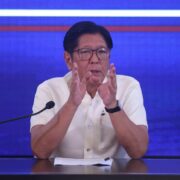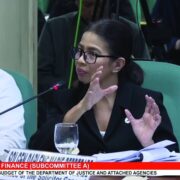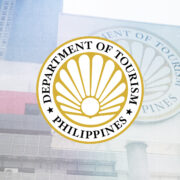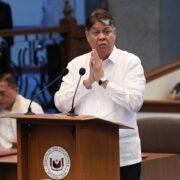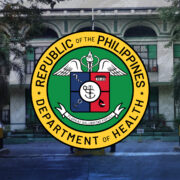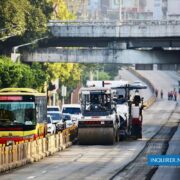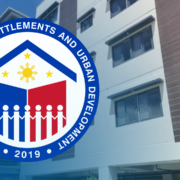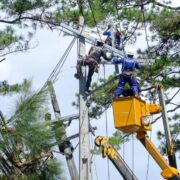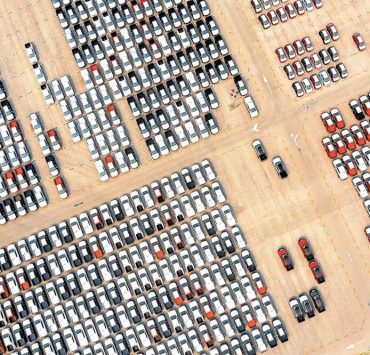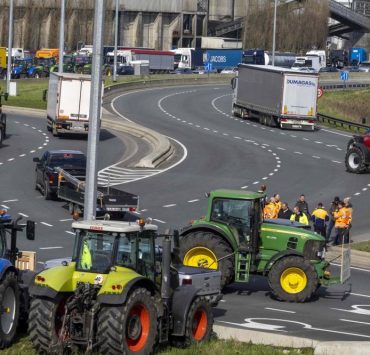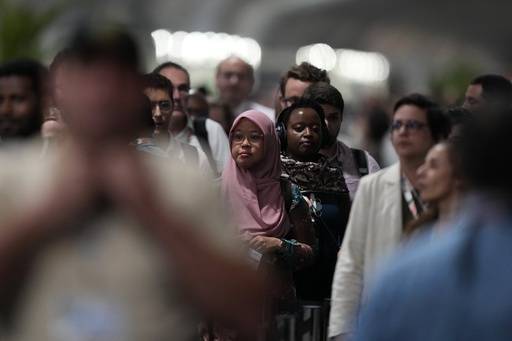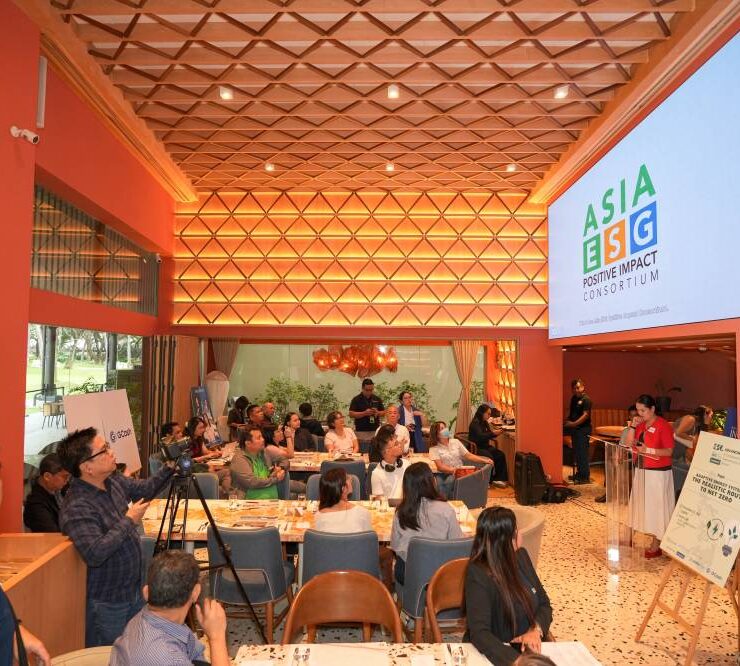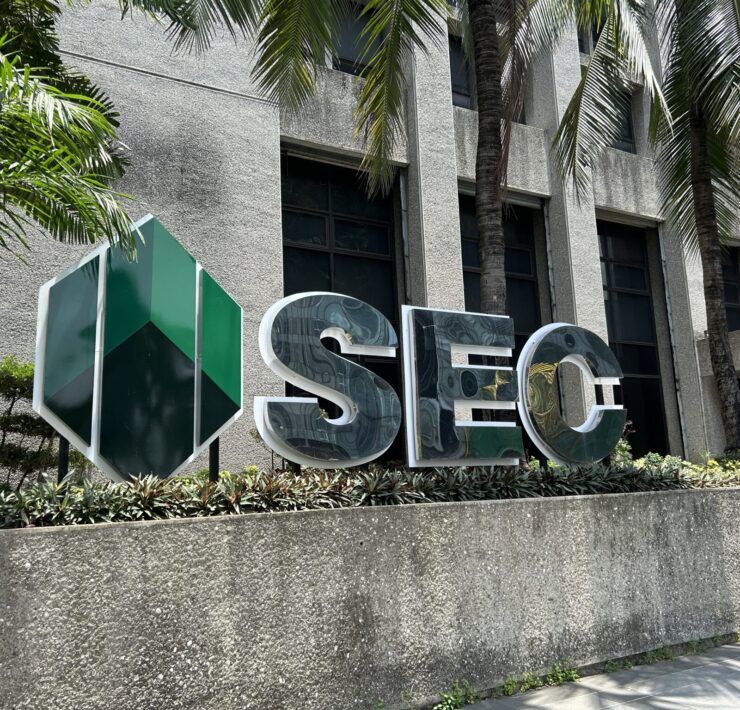How are countries like PH, Indonesia addressing poverty?
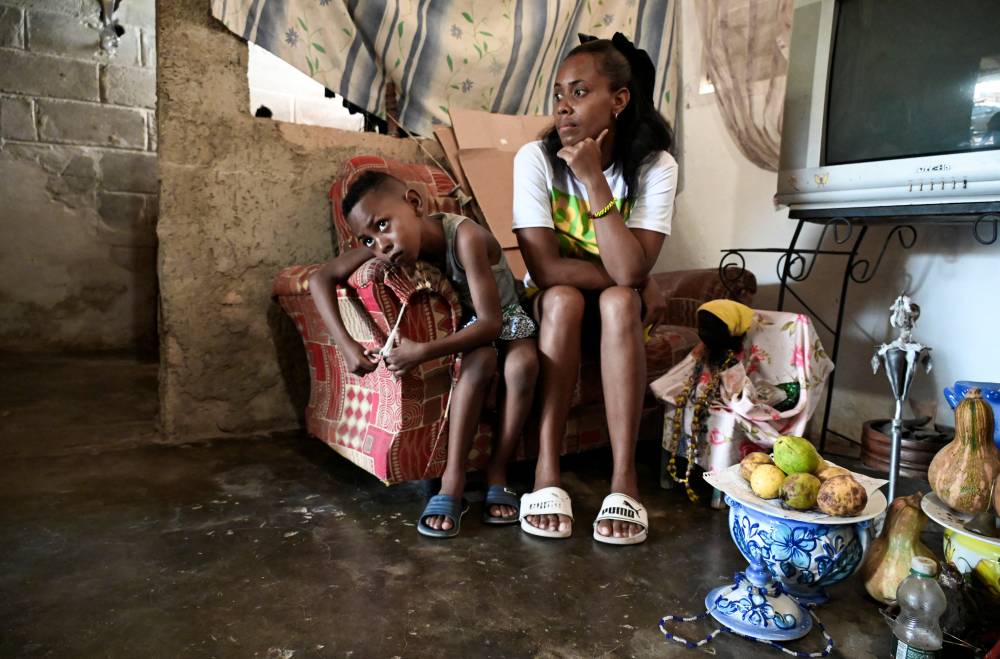
As nations around the world strive to achieve a world without poverty, let us look at a few practices that have helped countries take steps toward SDG 1.
SDG 1 in the Philippines is moderately improving, yet significant challenges remain. The country ranks 92nd out of 166 countries and has reached an SDG Index Score of 67.47 as of 2024, according to the Sustainable Development Report.
The Kalahi CIDSS-National Community-Driven Development Program, a poverty alleviation program implemented by the Department of Social Welfare and Development (DSWD), aims to empower communities, increase the functionality of institutional mechanisms, and reduce poverty in its multiple dimensions. It uses the community-driven approach, a globally recognized strategy for achieving service delivery, poverty reduction, and good governance outcomes.
Under the program, the subprojects include providing basic services, basic access infrastructure, environmental protection and conservation, skills training and capability-building, and others not prohibited by the program. Its target beneficiaries include those in disaster-affected municipalities, and poor, marginalized, vulnerable, and disadvantaged Filipino families, among others.
The program is touted to have significantly improved people’s lives through better access to basic services such as water and electricity, as well as the governance of barangays, the functioning of the Local Government Code, and people’s involvement in barangay governance.
Another program implemented by the DSWD is the Sustainable Livelihood Program (SLP), a capacity-building project that provides access to opportunities to enhance the livelihood productivity of poor, vulnerable, and marginalized communities, thus promoting the improvement of their socioeconomic well-being.
The program specifically enhances human assets through technical-vocational and life skills training, the enrichment of natural assets that protect and contribute to community livelihoods, the extension of social assets through linkages, and the expansion of financial assets such as seed capital, access to credit, and physical assets.
The SLP responds to SDG 1 targets 1.1 (eradicate extreme poverty for all people everywhere by 2030) and 1.2 (reduce at least by half the proportion of men, women, and children of all ages living in poverty by 2030) as well as SDG 8 target 8.3 (promote development-oriented policies supporting productive activities, decent job creation, entrepreneurship, etc.).
In Indonesia, the SINERGI Project, implemented by the Rajawali Foundation in partnership with the United States Agency for International Development (USAID), the Center for Public Policy Transformation (Transformasi), and the Central Java Provincial Government, aims to support poor and vulnerable young people access the labor market.
The project has helped improve multi-stakeholder coordination in Central Java, where people live in scattered areas and face significant obstacles in accessing educational and employment opportunities. It also helped identify training centers and companies that needed to assess their teaching methods and working environments to support social inclusion.
The project, deployed from the grassroots to provincial levels, focuses on 18 to 34-year-olds, particularly young women and persons with disabilities, and promotes coordination between the government, private sector, civil society, and youth organizations. The project found that the more they could align with governmental SDG priorities at the local level, the more likely the components of its core program would be integrated into the local government budget.
More than 300 companies, 36 district-level agencies, and 41 village-level agencies have been mobilized, and more than 15,000 youths have been reached by the program. It has created new job opportunities for over 1,500 poor and vulnerable youth, and supported more than 100 new entrepreneurs.
As a result, more training centers have adopted the inclusive models established by the SINERGI Project, along with companies that have developed their human resource policies to promote gender equality and social inclusion.
Sources: sdgs.un.org, dashboards.sdgindex.org, sdg.neda.gov.ph
THE WORLD’S POOR BY THE NUMBERS
1.1 billion
The estimated number of people out of 6.1 billion across 110 countries that are considered poor as of July 2023, according to the 2023 Global Multidimensional Poverty Index (MPI) published by the United Nations Development Programme (UNDP)
700 million
The estimated number of people around the world who live in the extreme poverty line as of April 2024, according to the World Bank Group
600 million
The estimated number of people around the world who will still be struggling with extreme poverty by 2030, the projected accomplishment date of the Sustainable Development Goals (SDGs), given the current rates of progress, according to the World Bank Group
730 million
The estimated number of poor people living in middle-income countries as of July 2023, according to the 2023 Global MPI published by the UNDP
387 million
The estimated number of poor people living in low-income countries as of July 2023 (2023 Global MPI, UNDP)
333 million
The estimated number of children around the world who lived in extreme poverty in 2022, according to a report from UNICEF and the World Bank Group released in 2023
50 percent
The percentage of the world’s population who live on less than $6.85 a day — the measure used for upper-middle-income countries — as of October 2023, according to the World Bank Group
16 million
Estimated number of Filipino families who rated themselves as poor, according to a June 2024 SWS survey published in July 2024
10.9 percent
The registered poverty incidence — the proportion of Filipino families with incomes not sufficient to buy their minimum basic food and non-food needs based on the poverty threshold — in 2023, according to data from the Philippine Statistics Authority (PSA)
17.54 million
The estimated number of poor Filipinos in 2023, according to the PSA
740,000
The estimated number of Filipino families whose incomes were not sufficient to meet even their basic food needs in 2023, according to the PSA
Sources: worldbank.org, unicef.org, hdr.undp.org, sws.org.ph, psa.gov.ph



